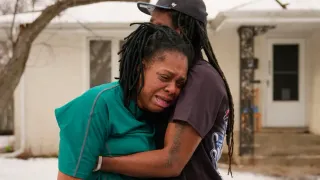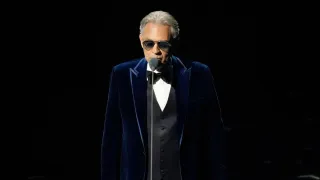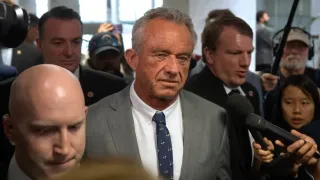March 25, 2015
Do Black Lives Matter? Asks amfAR in New Report
EDGE null READ TIME: 3 MIN.
By Eric Brus
A new report by The Foundation for AIDS Research concludes that the impact of HIV on Black gay men is the 'greatest' failure in the United States' response to AIDS.
"Our nation's inability to effectively address HIV infections among Black gay men... is one of the greatest failures of the U.S. HIV/AIDS response," according to health policy analysts from The Foundation for AIDS Research (amfAR).
Writing in HIV and the Black Community: Do #Black(GAY)Lives Matter?, the amfAR analysts note that while HIV infections have decreased among members of the Black community vulnerable to HIV (Black women; babies; and injection drug users), they continue to increase among Black gay and bisexual men. In fact, Black gay men currently account for more than half (53 percent) of all new HIV infections among Black Americans each year.
"As HIV among both Black Americans and gay men becomes increasingly concentrated among Black gay men, we must move beyond talk and engage in concrete action to turn things around," concluded analysts.
Multiple research studies have shown that, while Black gay men have substantially higher rates of new HIV infections than other gay men, this disproportionate HIV incidence cannot be explained by differences in risk behaviors. Instead, the high HIV incidence arises from the fact that so many Black gay men -- nearly one in three -- are already infected with the virus.
"A greater number of people with HIV (particularly in communities with less access to health care or prevention) increases the chances of HIV transmission," according to the amfAR brief. "This explains why Black gay men remain at elevated risk for HIV despite having fewer sexual partners than White gay men."
Several other factors also contribute to high HIV incidence among Black gay men, according to the report. These include a history of neglect by institutions and communities, underfunding and lack of resources, lack of social support, higher rates of homelessness, and less access to healthcare than many other groups. The amfAR analysts recommend five fundamental steps to address HIV health disparities affecting Black gay men:
� Provide equitable funding and resources for HIV programs focusing on Black gay men;
� Invest in data and long-term monitoring of the lives and experiences of Black gay men;
� Encourage Black families to communicate more effectively with and about their Black gay sons;
� Create more pathways and models of success for Black gay men to lead long, happy, and fulfilling lives;
and
� Fight against HIV and not against each other.
The report concludes that the U.S. HIV/AIDS epidemic cannot be addressed effectively without reducing new HIV infections among African Americans or gay men.
"Without more cooperation between both communities and Americans as a whole, we will only add decades to a crisis that could and should have ended much earlier. Let's elevate the conversation, stick to the facts and the data, and ultimately make National Black HIV/AIDS Awareness Day a part of our past rather than a permanent fixture in our future."
AIDS United will host a four-part Google Hangout series in order to develop strategies to deal with the impact of HIV among Black gay and bisexual men. Titled "We Shall Not Be Removed: The State of HIV/AIDS Among Black Gay and Bisexual Men," the series will "bring together experts, visionaries, and thought leaders from across the LGBT and HIV communities to discuss the impact of HIV on gay and bisexual Black men, parallel social justice movements, and strategies to alleviate the epidemic," according to AIDS United.
In the first session in the series, held on February 3, panelists Yolo Akili, Kenyon Farrow, Aquarius Gilmer, and Charles Stephens commemorated the birth and legacy of Black gay filmmaker Marlon Riggs. To learn more about the series and to see a video of the February 3 panel discussion, please click here.
Eric Brus is the Director of Health Information at AIDS Action Committee. This report is produced by the Health Library of the AIDS Action Committee in collaboration with the New England AIDS Education and Training Center Minority AIDS Initiative Project. The full version is available online.






